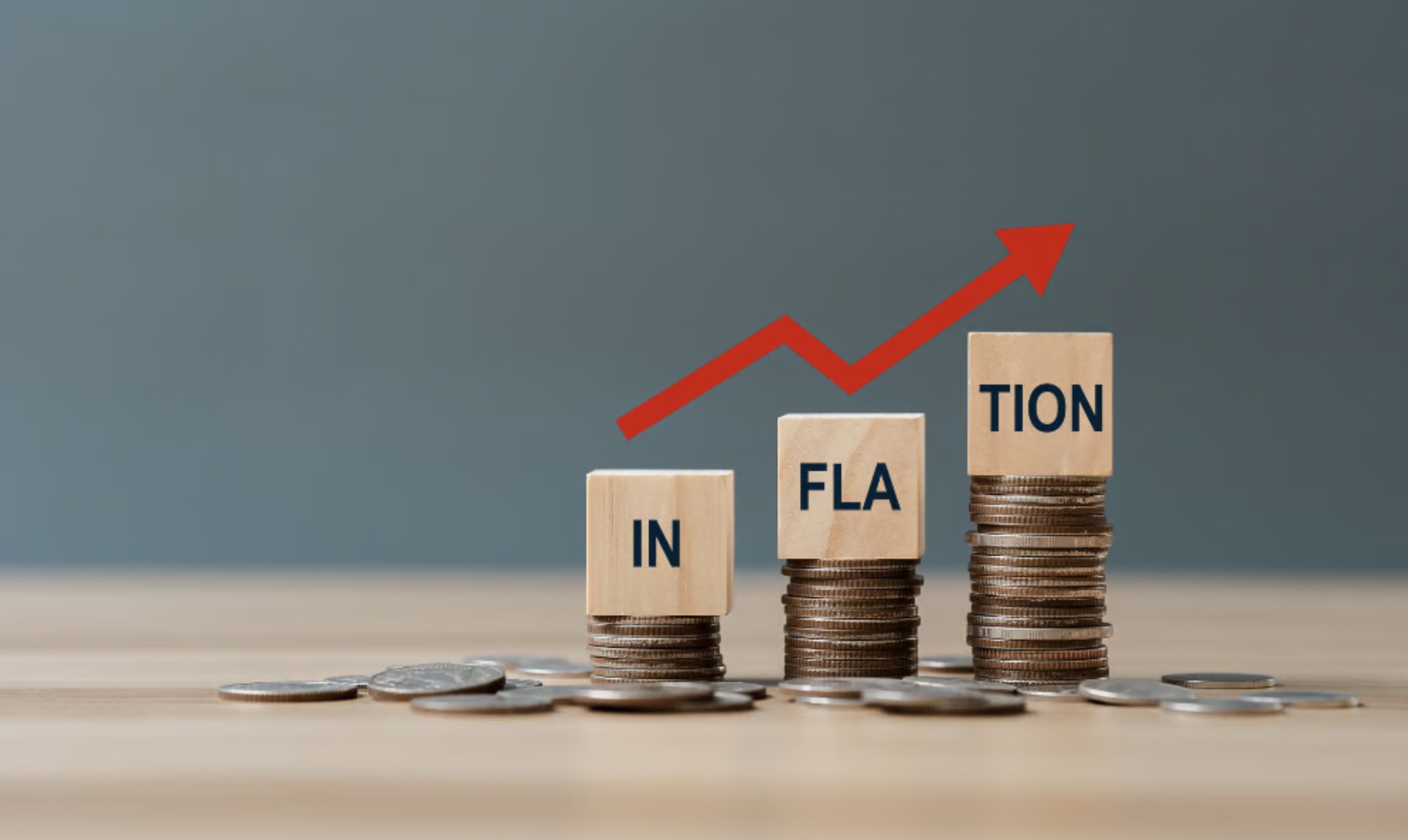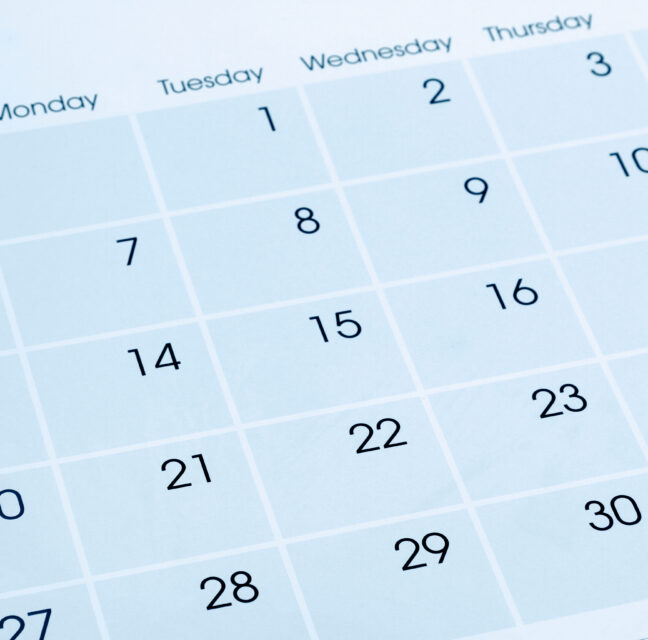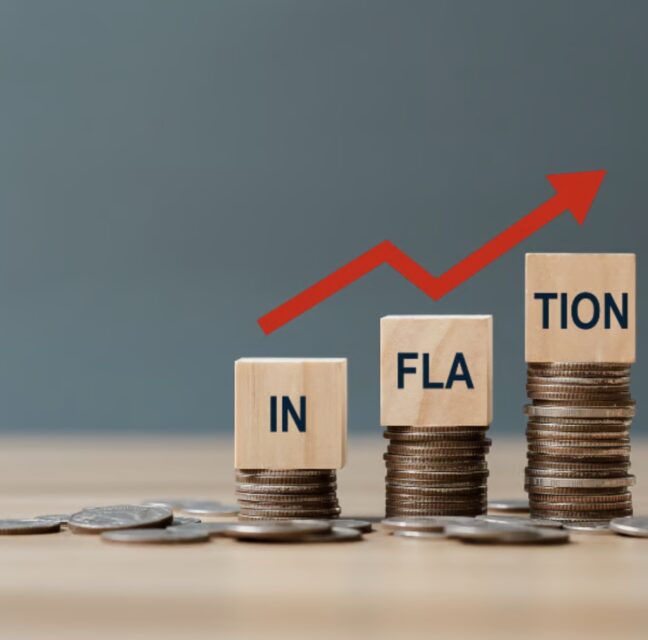
INFLATION: THE SILENT PICKPOCKET IN YOUR WALLET
Let’s talk about inflation—the economic version of “death by a thousand paper cuts.” It doesn’t make front-page news every day (unless it’s spiking), and it rarely causes dramatic scenes like a crashing stock market. But quietly, steadily, it’s sipping your coffee, nibbling your sandwich, and eyeing your retirement account like it’s a buffet.
So, what Is inflation, exactly?
Inflation is the general rise in prices over time. Translation: The dollars in your wallet are slowly losing their superpowers. That $5 footlong? Now it’s $8 and comes with fewer pickles. Inflation means your money doesn’t go as far as it used to—and it doesn’t send postcards to apologize.
Why should you care?
Because inflation is like a reverse gym membership: Instead of helping you grow stronger, it slowly shrinks your buying power. If you’re living on a fixed income or relying on your savings to get you through retirement, inflation is essentially draining your tank while you think you’re cruising along just fine.
Even at a modest 2.5 percent annual inflation rate, prices double roughly every 29 years. That means what costs $50,000 today might cost $100,000 by the time your toddler is ready to walk down the aisle—or your golden retriever’s great-grandpuppy needs a new chew toy.
Inflation and your cash flow: the short-term bite
In the short run, inflation feels like your budget’s been to happy hour without you. Groceries cost more. Gas prices play hopscotch. Even your Netflix subscription quietly creeps up. If your income doesn’t rise with inflation, your cash flow takes a hit—you’re spending more just to maintain the same lifestyle.
And let’s be honest: Cutting back on avocado toast isn’t going to fix it.
Inflation and your cash flow: the long-term squeeze
Over time, inflation erodes the real value of your savings. That “comfortable” retirement income you projected may not feel so cushy in 15 years if everything costs 50 percent more. If you’re not planning for inflation, you might end up with a long retirement—and an even longer list of things you can’t afford.
What about your investments?
Here’s where it gets tricky—and interesting. Some investments, like stocks, have historically outpaced inflation over the long haul. Others, like cash or bonds, can lose purchasing power unless they come with higher yields (which often don’t keep up when inflation’s running hot).
Real estate? It can be a decent inflation hedge, assuming you like being on a first-name basis with your plumber. Commodities like gold? They sparkle during inflation, but can be unpredictable. The key isn’t to bet it all on one horse—it’s to build a diversified portfolio that includes some inflation-resistant muscle.
So, what should you do?
Good news: You don’t have to fight the inflation monster alone. A CERTIFIED FINANCIAL PLANNER® can help you build a plan that accounts for inflation—so it doesn’t sneak up and bite. Together, you and your CFP® can align your investments, income, and lifestyle so that inflation becomes just another part of the plan—not a plot twist.






